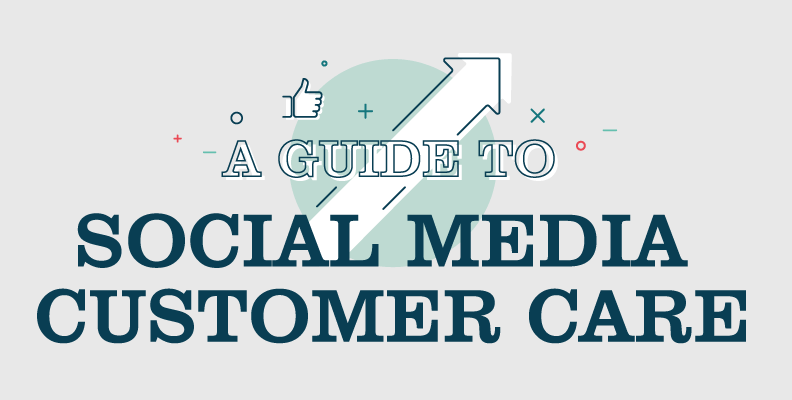How Small Businesses Can Cut Costs and Avoid Layoffs
If your business is struggling, you might need to take drastic measures to turn the ship around and improve your bottom line. But how can you cut costs when your biggest expense is paying your staff?
Layoffs are typically one of the last-resort efforts to restructure and save money, but your action may have severe financial consequences for the employee. On the other hand, if your business improves and you need to hire more staff, you’ll need to use more time and resources to train new employees. Incredibly, replacing an employee who makes roughly $45,000 per year costs the typical business about $15,000 per person.1
Before you consider layoffs, there are several effective, cost-saving measures that can help you avoid that scenario. If you’re low on funds, here are seven ways to drastically cut your expenses and avoid staff layoffs.
1. Scale Back Physical and/or Office Space
Moving is never easy, but a smaller office space can help you save money every month — even a modest savings in overhead costs can add up over time. Low-cost truck rentals along with staff-sourced help can make a move even more budget-friendly. On the other hand, if you have commercial space that isn’t occupied on the weekends or evenings, you could earn extra money by renting it out to other small businesses, groups or parties.
2. Consider Online-Only Operations
Another drastic, yet efficient cost-saving measure would be to move to online-only operations. A well-designed website can eliminate the need for a storefront or in-person brand experience. For example, a service-based company can increase available hours and amplify online customer service channels in place of in-store representatives. Online-only businesses can also reduce or eliminate their property insurance, utility, maintenance fees and other costs.
3. Use Flexible Scheduling
Flexible or staggered schedules can help you significantly reduce your office footprint and lower fixed costs on rent or mortgage. Rather than paying for a workstation for every employee, you can set up a few desks and use staggered or remote schedules so that space is open for every onsite worker. You can save money on equipment, hardware, software licenses and more.
A flexible or remote workplace can also help you boost employee productivity and lower stress. The lack of workplace distractions can help employees achieve more in a typical day, and when employees aren’t required to commute, they have more free time. Increased job freedom leads to better employee retention, improved work-life balance and higher career satisfaction.2
4. Revise Your Benefits Package
Your employees may not be happy about a temporary reduction or adjustment to benefits packages, but a temporary change is a lot easier to accept than losing a job. If you pay a significant amount for non-medical benefits, it may be well worth your time to reevaluate your offerings. You can also consider competing companies, packages and other internal rewards, like flex time, remote days or paid lunches. You may also want to discuss options with your staff to learn about the most-valued benefits and any underutilized programs.
Medical plans typically have a specific enrollment window once per year, so they are less flexible, but it still may be worth offering high-quality medical insurance to your employees. Healthcare is a highly valuable benefit, and healthy employees are less likely to call in sick.
5. Reduce Marketing Costs
You should never cease your marketing efforts entirely, but it pays to lean on free tools and low-cost marketing strategies, like email or social media promotion when you’re low on funds. Leverage your existing customer base for word-of mouth advertising and referrals. Loyalty programs are fun, inexpensive ways to engage your best customers and encourage more of them to return.
6. Explore Potential Partnerships
An effective brand partnership can help you expand your marketing reach with relevant audiences while cutting costs. While it may take time and effort to secure a partnership, it can be an effective long-term solution to help you save significantly. Consider adjacent, non-competing companies in your field and/or area for the best results.
7. Reduce Hours of Operation or Move to Part-Time Schedules
A reduction in staffing coverage may help you lower costs even further. If you have a brick-and-mortar business, it may help to cut slower hours, like the beginning and end of the day. Some employees may prefer part-time or reduced hours, so it may be helpful to involve your staff in this decision.
References
1Bolden-Barrett, B. (2017). Study: Turnover costs employers $15,000 per worker
2Sutton, S. (2019). How Flexible Work Can Help Support Your Employees’ Mental Health






